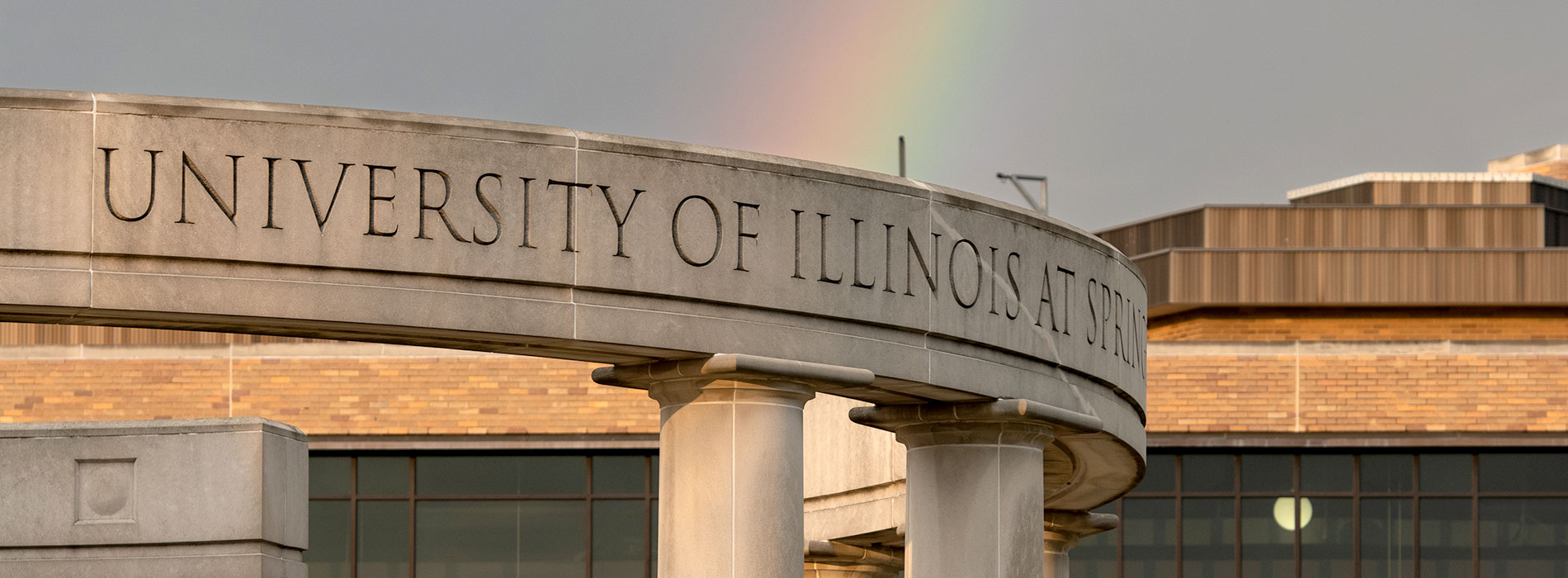Students are provided a list of journal articles to read. Each student is assigned an article to critique. Students then report on that article to the course and comment on other students’ critiques. These comments can be in an online discussion forum, synchronous discussion, wiki, blog, or other presentation method.
Appropriate Content Areas
Generally used in advanced courses using primary research articles.
Goals and Objectives
The primary goal with article critiques is to teach students the contents of the articles at an evaluative level. They also learn how to internalize current studies in the field and develop such a habit. It also introduces them to the appropriate journals for the given field.
Prerequisites
Students need an adequate reading level as well as enough background into typical methodologies in the field or the language of those methodologies in order to interpret the article. In some cases, learning those methodologies may be the goal of the article critique however.
Materials and Resources
Teacher Preparations
The instructor should have questions prepared to help guide critiques of difficult articles. The instructor should also be able to provide questions following student submission of critiques and any necessary summarization to highlight critical points in the article and what students may have missed.
Student Requirements
Students require the time and ability to carefully read and analyze the given articles.
Guiding Questions for this Activity
Is there a main question being answered by the lesson?
Usually, there will be a general topic that articles in a group will address. If the instructor is trying to target multiple topics, students should address at least one article from each topic. Questions can range from how a given methodology performs, how generalizations are conducted in a given study, and what are the lessons learned.
Activity Outline and Procedure
- Students are provided a list of readings. Students are usually responsible for reading all of the articles, however, they only report on one. A report outline may be provided that specifies what it is about the article that the students are to critique or analyze so as to report back to the course.
- After a set time, students post their article analysis in a public forum (it may also be a private post to the instructor who then leads a discussion over certain questions).
- Each student then has a set time to comment on the posts of other students to both their own article and a set number of other articles (often all articles).
- The instructor provides scaffolding remarks for the discussion and may post a summary. Students may also be responsible for the summary statements for their selected article.
Teaching Strategies
- Patience is a key. Provide the students time to guide the discussion on the article assigned to them.
- Possibly link this activity to a presentation, where the students teach the article as a group in a synchronous session or asynchronous forum.
- Allow the students time to answer questions concerning their given article. Rather than provide direct answers, guide students to the answers of their questions.
- Try not to let misunderstandings linger, but at the same time allow for students to self correct or correct others.
- Have summaries prepared for the articles ahead of time. It can also be helpful to edit these prepared summaries so as to personalize by pointing out which student may have brought up a certain point or other technique.
- You can also let students choose their own articles or even find their own on a given topic.
- Initial student responses should utilize proper grammatical norms, but the follow-up discussion may take a less rigid language form.
Accommodations
This lesson requires few if any accommodations. Most text to speech and speech to text programs can function within most asynchronous discussion tools. Students with reading disorders such as dyslexia may need additional time in the article reading phase.
Timeline
Typically, about three days should be provided at a minimum between the time the articles are assigned and the time the first student posts are required. Then an additional minimum of three days can be given for counter analysis if it is asynchronous. A synchronous session may occur in this interim.
Ideas for Activity Evaluation and Teacher Reflection
How did the students like the lesson?
End of semester evaluations should ask about the usefulness and learning accomplished through such activities.
How was student learning verified?
An assessment should be performed on the quality of both the initial response by students, and any counter responses. Furthermore, retention of the knowledge should be tested by students ability to build on this knowledge with later units.
